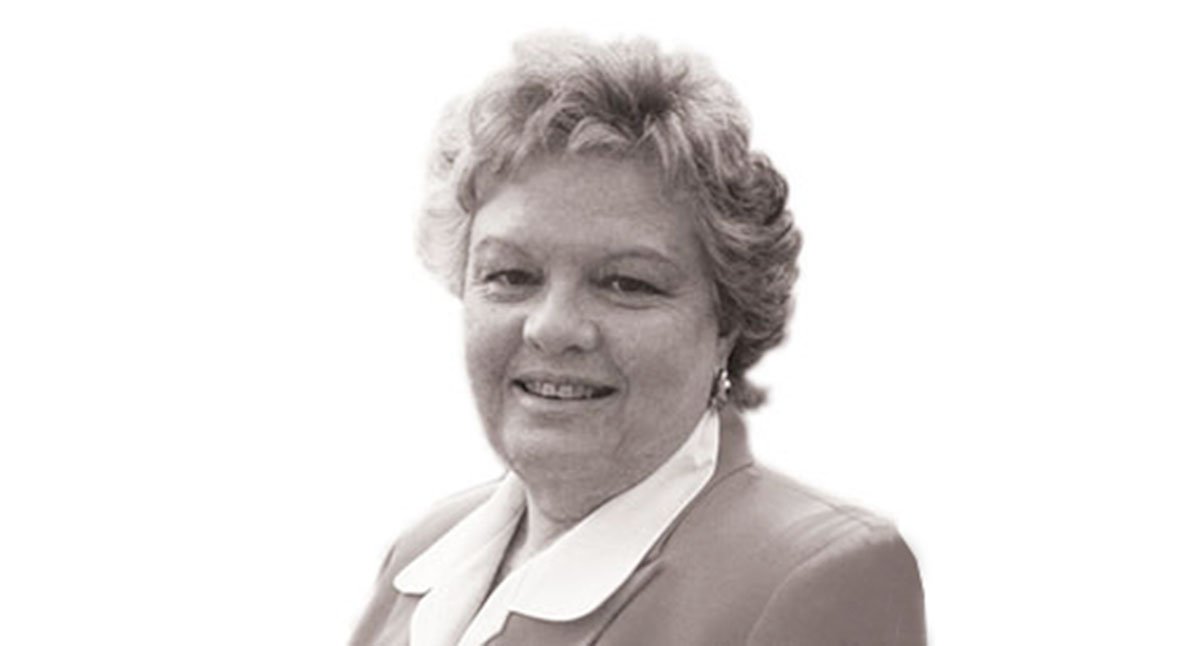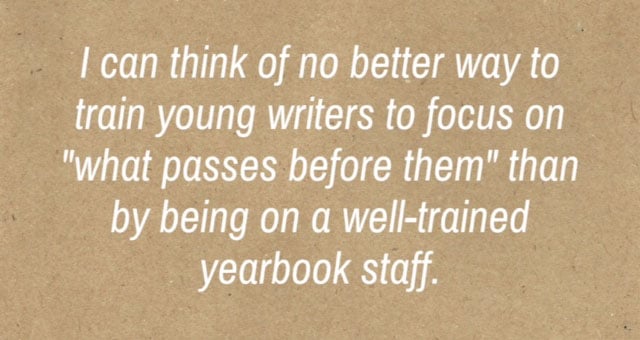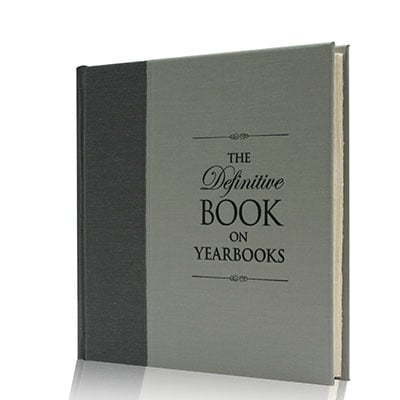
by Nancy Ruth Patterson
1991 Inductee, National Scholastic Journalism Hall of Fame
Helen Keller taught me how to teach writing.
Yes. That Helen Keller! The author, lecturer, and political activist who could not see and could not hear. The one made even more famous through the Broadway play and film, The Miracle Worker. Yes, the one who chronicled how her teacher, Anne Sullivan, broke through what most thought was an impossible barrier and taught her young charge how to communicate.
No. Helen Keller never taught me in person. She died in 1968, just as I was beginning my career as a yearbook adviser. But her words taught me. After her words taught me, they taught thousands of my students — both my own and those I borrowed at yearbook workshops where I taught for two decades.
I had never set out to be a yearbook adviser, but the job came with teaching at Roanoke, Virginia’s William Fleming High School. Some of the staff members I inherited had worked on a yearbook before. I had not. Several had attended summer workshops. I hadn’t done that either. True, I had been managing editor of my high school newspaper, had attended the CSPA Journalism Convention with our newspaper adviser, Claire Schwam, and had even taken a few college journalism and writing courses before I decided journalism just wasn’t for me. Most had more experience on yearbooks than I, but I was determined not to let them know it.
I pulled out my notes from Journalism 101. You know. The who, what, when, where, how and sometimes why lessons. The ‘open strong and cut from the bottom’ news writing notes. The three r’s: research; rough draft; REVISE notes.
But some of the staff tried to convince me that yearbook wasn’t for real journalists. Real journalists joined the newspaper staff. The less copy in yearbooks, the better. No copy was best of all because “nobody will read it anyway.”
That is, until Helen Keller came our way. Several had read her unforgettable essay, “Three Days to See,” for an English class. They were trying to get me off the subject of writing. “What would you want to see if you could only see for three more days?” someone asked, handing me the essay.
I read it thoughtfully. In the essay, Helen Keller wrote of asking a friend who had been walking in the woods what she had seen. Her friend’s response? “Nothing in particular.”
“Long ago I became convinced that the seeing see little,” Helen Keller wrote.
I knew that was where we needed to start. Not with the notes from my journalism class, as important as they would later become. But with the understanding that the yearbook would be the eyes and ears of the year, not just for three days, but forever. Before we learned to write, we needed to learn to see.
From that day on, I tried to teach my students to see “something in particular” in every activity, every event, every day, every person, every situation, every year, and especially in every yearbook theme. The decades held many particulars. Championships. Choir concerts at National Cathedral. Press passes to photograph President Jimmy Carter’s trip to our city. Awards for publications. Parades. Pep assemblies. Fieldtrips. Even a lesson from Elizabeth Taylor. Yes. That Elizabeth Taylor. The movie star. When she was visiting Roanoke with her husband, who was campaigning for the Senate from Virginia, she talked to some drama students.

Sometimes, the particulars weren’t what we would have wished for. Close games left unwon. The death of a beloved teacher. A time when the actions of a few dozen people–a fight that made national news–closed the school for a day and a half. Ironically, what was one of the worst moments in the school’s history became one of its best-known yearbook themes. Our job was to write about life — for richer and for poorer, for better and for worse — in such a way that the sights and sounds of the year would jump from the pages of the yearbook repeatedly. Theme copy was the most particular place to start our sightseeing.
Finding the right words is never easy — even for, especially for, real writers. Because writing was — and still is — so challenging for me, I tried to find ways to make the writing process accessible for those I taught. Writers-in-the-making, both on my own staffs and at workshops, were often victims of the stories that had shaped my life as a writer.
One anecdote, in particular, never failed to make an impression — how I made my first F in writing. Yes, F! Then, in short order, a second one.
I turned in a college assignment feeling confident, maybe even smug, about what I had written. The professor told the class to leave our papers on the desks and take a fifteen-minute break. When we returned, our papers were folded on the desks where we had left them. A bold red F faced me when I opened mine. I could see from my classmates’ expressions that they, too, were puzzled, and shocked, by their grades. Finally, a football player mustered up the courage to voice the question we had all been asking silently. “Sir, how could you possibly grade 15 papers in 15 minutes?”
“It was easy,” the professor replied. “I just graded the last paragraph. No writing is better than its last paragraph.”
I went back to the dorm, sorely wounded, and determined that the last paragraph of my next essay would be worthy of an A. Next week: same thing; second verse. I walked out for a break, visualizing the A that would await my return. Instead, another F. The football player asked the question again.
“It was easy,” the professor said. “I just graded the first paragraph. No writing is better than its first paragraph.”
I went home, sorely wounded once again, and determined that the first paragraph on my next essay would bring home an A. But I also worked on the middle — just in case. Fortunately, the professor based our final grade largely on improvement.
That professor challenged me to write better. That lesson wasn’t easy. It still isn’t.
But Helen Keller challenged me and my students to see better, to see life — with all its particulars. Perhaps that lesson is even more difficult. But it is the core of all good writing — of all good beginnings, middles, and ends.
Helen Keller said that if she were a university president, she would require students to take a course in “How to Use Your Eyes.”
“The professor would try to show his pupils how they could add joy to their lives by really seeing what passes unnoticed before them,” she wrote.
I can think of no teachers I admire more than dedicated yearbook advisers — often real miracle workers — modern day Anne Sullivans determined to teach their young charges how to communicate. I can think of no better way to train young writers to focus on “what passes before them” than by being on a well-trained yearbook staff.
How I wish I could tell Helen Keller that if I had only three days to teach that staff copywriting, her words would be the perfect place to start!
Excerpt from The Definitive Book on Yearbooks:

The Definitive Book on Yearbooks captures the hundreds of years of experience of well-known personalities in yearbook journalism. This highly respected group brings to a discussion the creative process and the nuts-and-bolts production of yearbooks in a beautifully bound collection. The essays tell stores, capturing the story-telling appeal of yearbooks.
Read the book everyone’s talking about! To find out more about The Definitive Book on Yearbooks, contact your Balfour representative.

